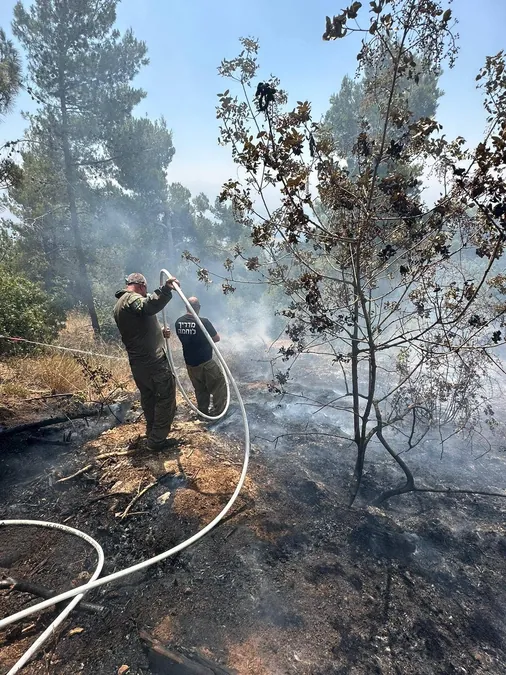
Tensions Escalate as U.S. Ceasefire Promises Remain Unfulfilled in Middle East Conflict
2024-09-20
As the conflict between Israel and Hamas continues to rage, optimism regarding a ceasefire — once a hopeful talking point for U.S. officials — is evaporating quickly. National Security Council spokesman John Kirby recently acknowledged to reporters that the chances of securing a ceasefire remain bleak: “We aren’t any closer to that now than we were even a week ago.” The sentiment was echoed by various U.S. officials, who have indicated that the prospects for a peace deal are daunting and perhaps unattainable.
Recent actions have fueled this pessimism, including the tragic killing of six hostages by Hamas earlier this month. Among the victims was a U.S. citizen, which has intensified scrutiny on Hamas and raised tensions within the region. On the other hand, Arab officials have rebuked Israel’s military operations, which include airstrikes targeting Hezbollah, warning that such maneuvers may increase the likelihood of a multi-front war—heightening fears across an already volatile region.
An Arab official stated, “There’s no chance now of it happening,” referring to the possibility of a ceasefire any time soon. The upcoming elections in the U.S. complicate matters further, with speculations about how the new administration might address these issues dominating dialogues.
For President Biden, whose legacy is entwined with his diplomatic efforts, the failure to broker peace would mark a significant defeat. It would cast his presidency in a troubling light—bookended by chaotic military withdrawals, from Afghanistan to the unfolding situation in the Middle East.
In addition to the political complexities, negotiations over the release of Palestinian prisoners have emerged as a major sticking point. According to a former U.S. diplomat, Joel Rubin, the core framework for negotiations remains viable, with key players such as Qatar and Egypt still involved. However, the implementation of any agreement has proven continuously challenging, stymied by growing demands from both Hamas and Israel. Disagreements over which prisoners to release and the conditions surrounding their safety have further complicated discussions.
Despite this, U.S. Secretary of State Antony Blinken has previously expressed optimism regarding the ceasefire prospects. Back in July, he remarked that they were “inside the 10-yard line,” while on multiple occasions, Biden has repeated that negotiations were closer than ever.
However, optimism was quickly derailed when Hamas rejected proposals that stipulated Israeli control over critical corridors such as Rafah and Philadelphia. Senior officials warn that recent escalations, including Hezbollah's overt threats and retaliatory measures against Israel, have only served to deepen the existing divides.
In a striking televised address, Hezbollah leader Hassan Nasrallah characterized recent attacks on the group as “a declaration of war,” asserting that fighting will only cease with the conclusion of the Gaza conflict. Meanwhile, Israeli military actions continue unabated, with defense ministers vowing to counteract Hezbollah’s aggressive posturing to protect civilians in northern Israel.
As the international community watches with bated breath, it remains uncertain if any diplomatic breakthrough is on the horizon. The clock is ticking as both sides of this protracted conflict hold their ground, leaving countless hostages and civilians caught in the crossfire with hope diminishing by the day. Will we see a breakthrough, or are we destined for more uncertainty? The answer hangs in the balance, imperiled by continuing hostilities and broken promises.



 Brasil (PT)
Brasil (PT)
 Canada (EN)
Canada (EN)
 Chile (ES)
Chile (ES)
 España (ES)
España (ES)
 France (FR)
France (FR)
 Hong Kong (EN)
Hong Kong (EN)
 Italia (IT)
Italia (IT)
 日本 (JA)
日本 (JA)
 Magyarország (HU)
Magyarország (HU)
 Norge (NO)
Norge (NO)
 Polska (PL)
Polska (PL)
 Schweiz (DE)
Schweiz (DE)
 Singapore (EN)
Singapore (EN)
 Sverige (SV)
Sverige (SV)
 Suomi (FI)
Suomi (FI)
 Türkiye (TR)
Türkiye (TR)